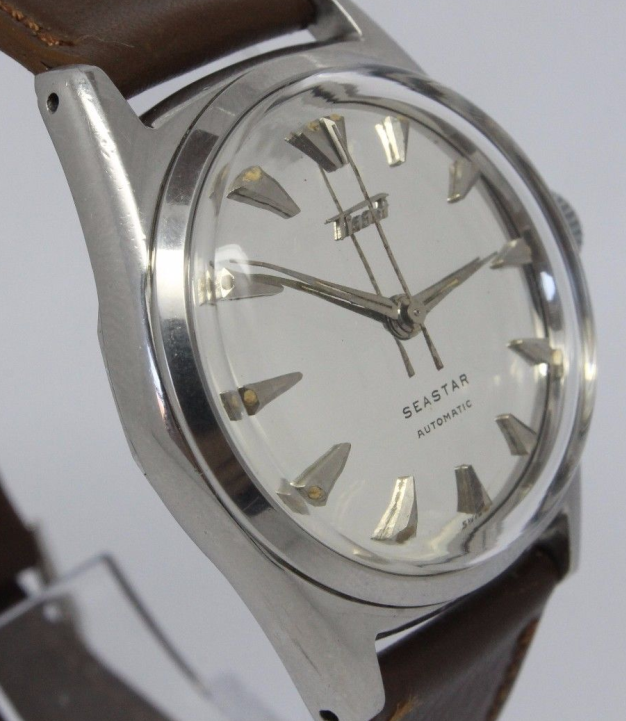Does anyone here know anything about highly reflective dials?
Badwolf
·Could be mirror polished stainless steel
afinewatch
·Could be mirror polished stainless steel
I know some vintage Constellations had 18K gold dials struck with highly polished dies, similar to proof struck coins.
No polishing involved there.
Vitezi
·afinewatch
·Vitezi
·Thin layers of different substances (such as "electropainted" lacquer) can be added on top of a reflective surface to provide different tints. The coloring process is known as electrophoretic deposition (EPD), electrocoating, or e-coating.
If the dial is polished stainless steel, I believe there are processes known as interference coloring (also called INCO coloring) that can add tints to the surface. The colors are created by the interference between light reflected off the surface and the thin transparent oxide that has been applied to the surface.
If the dial is polished stainless steel, I believe there are processes known as interference coloring (also called INCO coloring) that can add tints to the surface. The colors are created by the interference between light reflected off the surface and the thin transparent oxide that has been applied to the surface.



